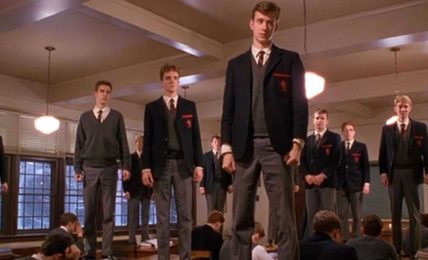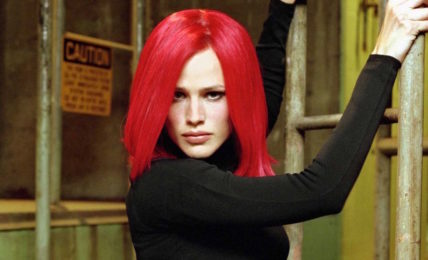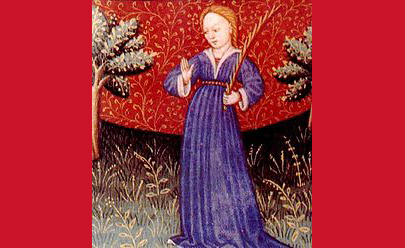Il Capricorno e la Grande Opera. Indovina chi è la donna che meglio rappresenta il segno
Il Capricorno è l'alchimista eremita che compie la Grande Opera per trasformare il metallo grezzo in oro. Ciò che Michelle Obama ha dimostrato di saper fare con la sua autobiografia.





